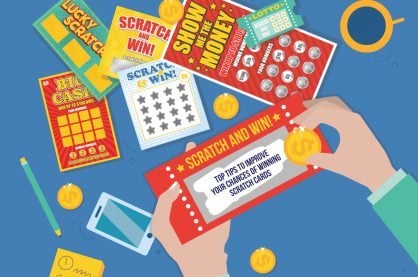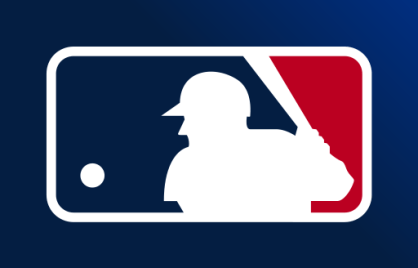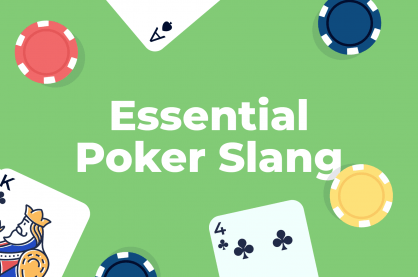The 6 Most Common Poker Tells You Need To Know About
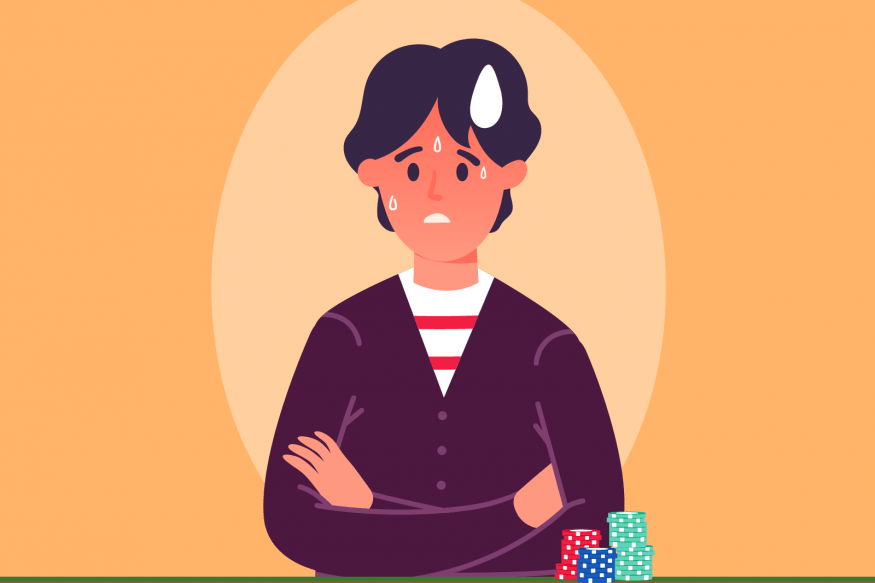
Bluffing is an essential part of poker. You need to know how to bluff as well as how to spot bluffs if you want to increase your edge over the competition.
When you know what some of the common tells are, you can recognize it in others and adjust when required.
This is especially true for live games where there are more opportunities to pick up tells, and you’ll encounter more amateur players who are giving away information.
It’s important to note right at the start that the ways to spot poker bluffs described in this article will not work every time, all the time.
The fact that you’ll still get it wrong from time to time is nothing to worry about. If anything, it’s an opportunity to learn and refine your bluff spotting skills even more.
Certain behaviors and actions are more frequently found with players who are bluffing, and this knowledge should be more than enough to give you a solid edge.
So for the sake of this article, let’s leave all of the balancing discussion and minimal defense frequencies aside and concentrate on actual indications that your opponent might be trying to bluff you.
1. Intent Staring
There are some pros out there who’ll stare down their opponents no matter what. Their stare isn’t meant to scare other players into folding but rather make them uncomfortable and further increase the pressure of the situations.
With amateurs, however, this is a completely different story.
If an amateur player keeps staring at you after they’ve made their big bet, there is a big chance they’re bluffing.
Their “scary” glare is meant to compensate for their weak hand. If you aren’t afraid of their bet, they’re hoping you’ll back out in the face of their brave behavior, which must mean they have the goods.
However, while staring alone is usually a sign of weakness, you shouldn’t judge your decisions entirely on that and should consider other information.
For example, if your opponent also starts talking a lot and taunting you into calling, alarm bells should be going.
Most recreational players don’t have it in them to casually talk and taunt you (without their voices breaking at some point) when they have a stone-cold bluff.
2. Quick Bets
When someone is hell-bent on getting you to fold, they’ll often lack the patience to play the hand the way they’re supposed to.
They bet the flop, you called, and now the turn is out.
As you tap the table or as the word “check” crosses your lips, you see them already pushing out a stack of chips, often accompanied by a loud statement.
More often than not, these quick bets are a sign of a bluff.
When someone has a good hand, the last thing they want is for you to fold. So, they’ll usually take their time to figure out how much to bet.
On top of that, they’ll act slowly exactly because they don’t want to telegraph just how strong they are.
If you’re holding a marginal hand like a second pair with a solid kicker, you’ll also want to take a moment and think about the turn card. Has it changed anything? Do you need/want to keep betting?
So, there are very few instances where someone will be firing these snap bets on the turn or the river with a very strong hand.
Maybe if they’ve flopped a set and are afraid you’re drawing to a straight or flush, they’ll want you to fold so they don’t get sucked out on, but this rarely happens.
Pay attention to these snap bets if you want to get better at spotting bluffs.
Ideally, you’ll have already seen that player doing something similar in a hand against someone else before, which should give you even more information.
3. Weird Bet Sizings
It’s true that inexperienced players aren’t that good when it comes to figuring out a proper bet sizing, since that is one of the hardest things at the tables.
They’ll frequently make bets that are quite small in comparison to the pot, which will cause frequent “bad beats” and “suckouts.” What they don’t realize is that it was their bad sizing that gave other players correct odds to keep chasing.
However, even recreational players will size their bets in a “normal” way for the most part. They might be betting on a smaller or a bigger side of things, but it doesn’t look too much out of the ordinary.
Then, all of a sudden, you see them firing $200 into a $70 pot.
This kind of an unusual bet just screams “bluff.”
It’s usually a player trying to buy the pot and break the dry spell or get back to even. Perhaps they’ve just realized that winning what’s in the middle would put them back in the black and figured no one is crazy enough to call such a big bet.
Do be careful, though, especially when dealing with these big bets.
Sometimes they’ll also be coming from a player who’s just turned the nuts and got too excited. So, when trying to put things together, also consider whatever else you might know about the player in question, like:
- Are they aggressive in general?
- Have you seen them show many bluffs?
- Do they look nervous?
You can’t afford to go wrong in these spots too frequently. So, take your time before you make a final decision.
That said, keep an eye out for any weird bet sizes and pay attention to them. If you can assess these situations correctly more often than not, you can bump up your win rate quite nicely.
4. They Give You “Friendly Advice”
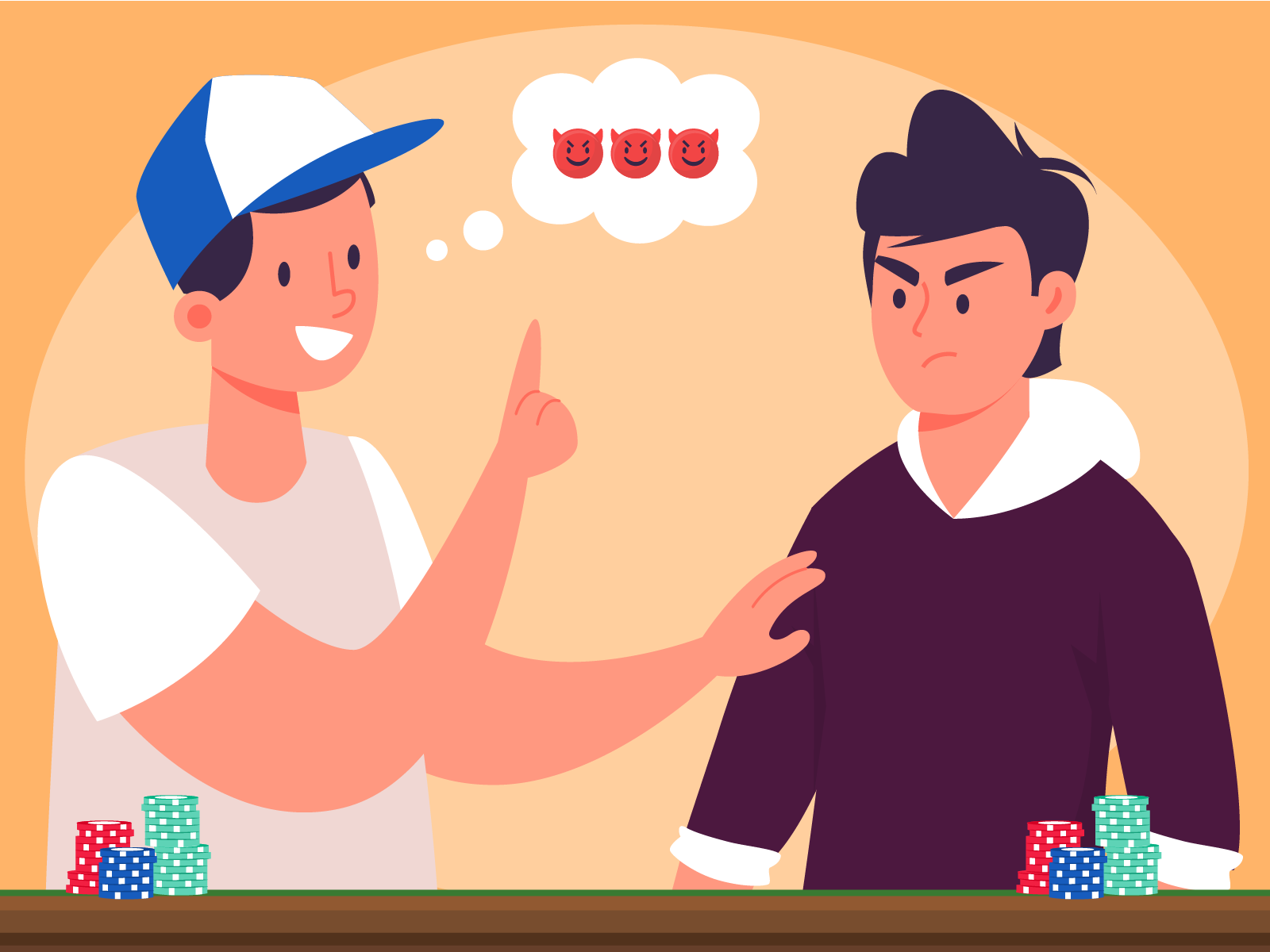
I’ve been in many poker games and have played with quite a few people you could genuinely call nice. But the fact someone’s nice in real life doesn’t mean they’re in the business of giving away money at the poker table.
Whenever a player tries to give you some friendly advice and convince you to fold your hand because it’s “no good” it’s an alarm for me!
Sure, if you’re playing in a cash game with your brother or your best friend, they may genuinely want you to fold because you’re already stuck, and they don’t want to take your money.
Other than that, I’d be very skeptical about anyone convincing me to fold for my own good.
Some more experienced players have turned this type of speech play into real art, and they’ll sound very honest and convincing when talking to you.
Just try and remember that this is the poker table you’re sitting at. People are after your chips (which is the whole point of the game, after all), and they’ll get them any way they can.
Combined with the fact that no one would want you to fold when they have a hand, this can be a good indication of an actual bluff in the making.
5. Physical Tells
Basing your decisions on physical tells is always a risky proposition.
While some people will tell you that this is a huge part of the game, I’d say you should only use them as an additional source of information when you already have an inkling someone might be bluffing.
The problem with physical tells is that they’re just not too reliable unless you know someone really well.
Things such as shaky hands, heavy breathing, and hard swallowing can be a sign of a bluff. But they can also mean someone is just excited or nervous because they’re not used to playing live or have a huge hand and are hoping you call.
What you may want to pay attention to, though, is if you notice someone trying their best to hide certain reactions or behavior.
If their hands are shaking and you notice them stop shuffling their chips because of it, it’s more likely they’re bluffing. If they weren’t bluffing, they probably wouldn’t care as much about what you could read from it.
When you find yourself up against someone, who’s been playing live for a while and seems to be a good player in general, you should be careful about the value you assign to any physical tells.
These players are likely to be aware of their table presence and might intentionally let you see certain things that you could interpret a certain way.
So as with everything in poker, you can get way more value from observing recreational players and adjusting based on those observations rather than trying to pick on a regular.
6. The Story They’re Telling Doesn’t Add Up
There are many different ways to go about spotting bluffs, but one of the safest routes is to think about the hand in progress.
It’s often said that bluffing is like telling a story, and a good story needs a beginning, middle, and ending to all work together for it to make sense.
Experienced players know this, but amateurs not so much.
If you’re the one driving the action in the hand until the river and then all of a sudden your opponent bets into you when the river is dealt, you must ask yourself: Does this make any sense?
- Has the river card changed anything?
- Have they slow-played a monster this way?
Sure, if the river card completes a flush or an obvious straight, you can stop to think.
But if it’s an irrelevant card that’s paired the lowest card on the board or doesn’t complete any draws, what is it that they’re trying to represent?
When you pick off these bluffs, they’ll often ask you, how could you call such a big bet on the river? Were you not afraid they had the nuts?
But it’s really hard to have the nuts in Hold’em, and most people don’t take these weird lines when they do get it.
If you make a mistake now and then and run into a weirdly played monster hand, so be it.
If the story doesn’t add up, it’s much more likely to be a bluff than anything else.
Staying Alert At The Table
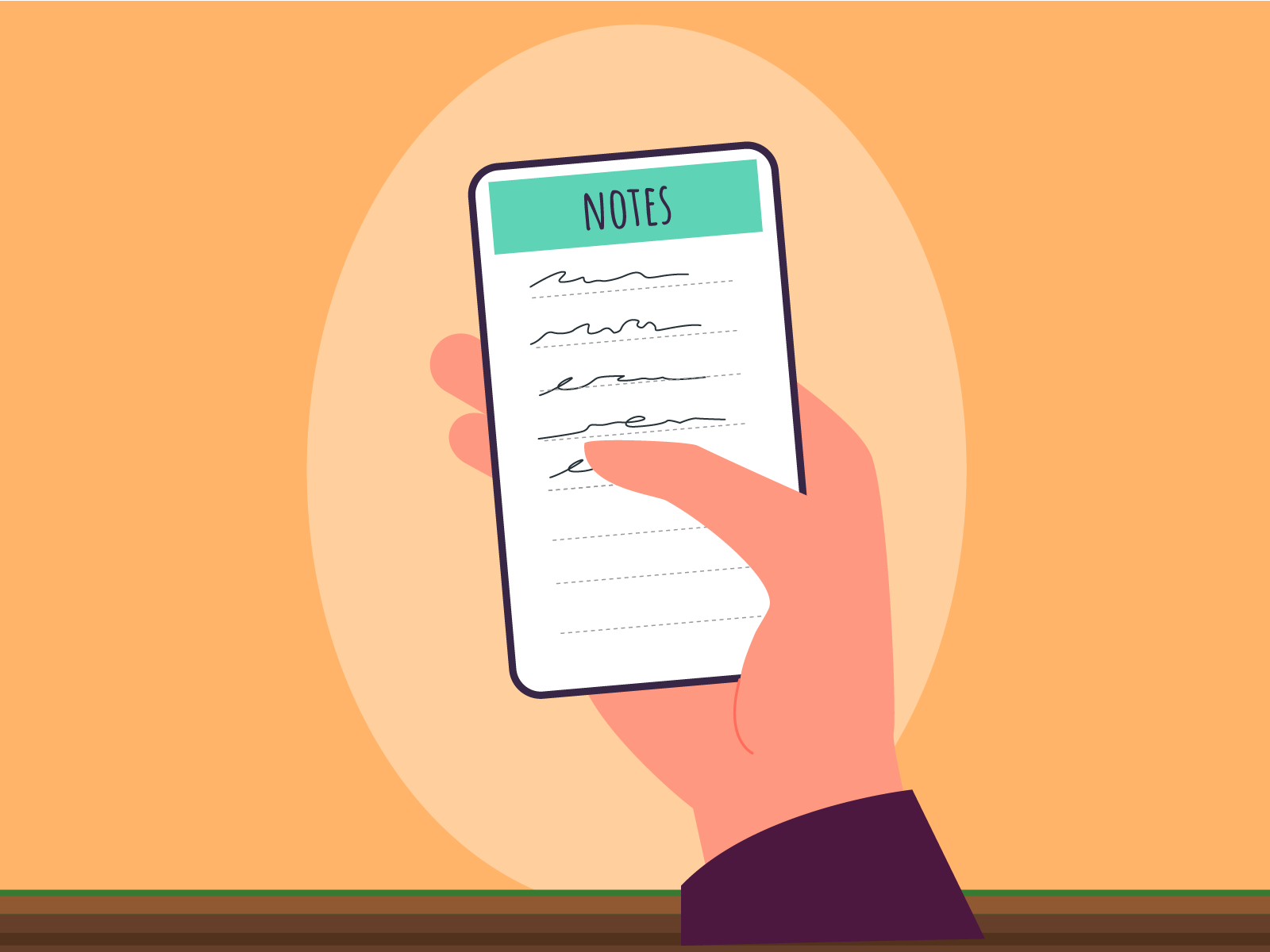
All these unique ways to spot poker bluffs are good, but at the end of the day, every person is different.
While someone will never make an overbet bluff, others will regularly put their stack on the line with weird bluff lines.
So, if you want to become good at picking off bluffs, you need to stay on top of your game.
The best players don’t drift away when they’re not involved in a hand. They continue to pay attention to what’s going on around them and soak as much information as is humanly possible.
Some will even take notes on other players on their phones. These general ideas are much more applicable if you have some solid reads on a particular player and their tendencies.
Almost everybody pays attention to big pots, but you should also be aware of the small ones.
Did someone buy a 10 big blind pot with a 20 big blind bet? That player is much more likely to do something similar in a much more important spot for a larger amount.
Did someone talk their way out of a smallish pot by getting the other player to fold their hand? Rest assured that the same player might try something similar against you in the future.
If you can see a couple of showdowns in similar situations, you can make a mental note about specific player’s tendencies, and this will surely come in handy later in the session when you have to make a big decision.
This may seem like hard work, but once you get used to it, you’ll notice it can be a lot of fun as well.
It’s like a game within a game.
Gathering information on your opponent and making correct decisions based on that information will make you feel good and boost your confidence – not to mention your win rates.
Summary: Spotting Poker Bluffs Is A Science
I don’t think there is a guide in the world that can teach you everything you need to know about how to spot a bluff. This is one of those areas where experience and practice are an invaluable part of the process.
While certain patterns definitely exist, picking up on them and interpreting it is a science on its own.
This isn’t to say that you shouldn’t do your best to gather as much theoretical knowledge as possible, but different players have different tendencies, so you have to really focus on the table and observe them.
While bluffing and catching your opponents is an important part of the game, don’t let this become your only preoccupation.
You can improve your profitability by getting better at reading people, but this is only a small part of what you need to do to become a successful player.
In the end, by developing other areas of your game and learning sound strategies, you’ll become better at reading bluffs as well – simply because you’ll have a better understanding of poker!
